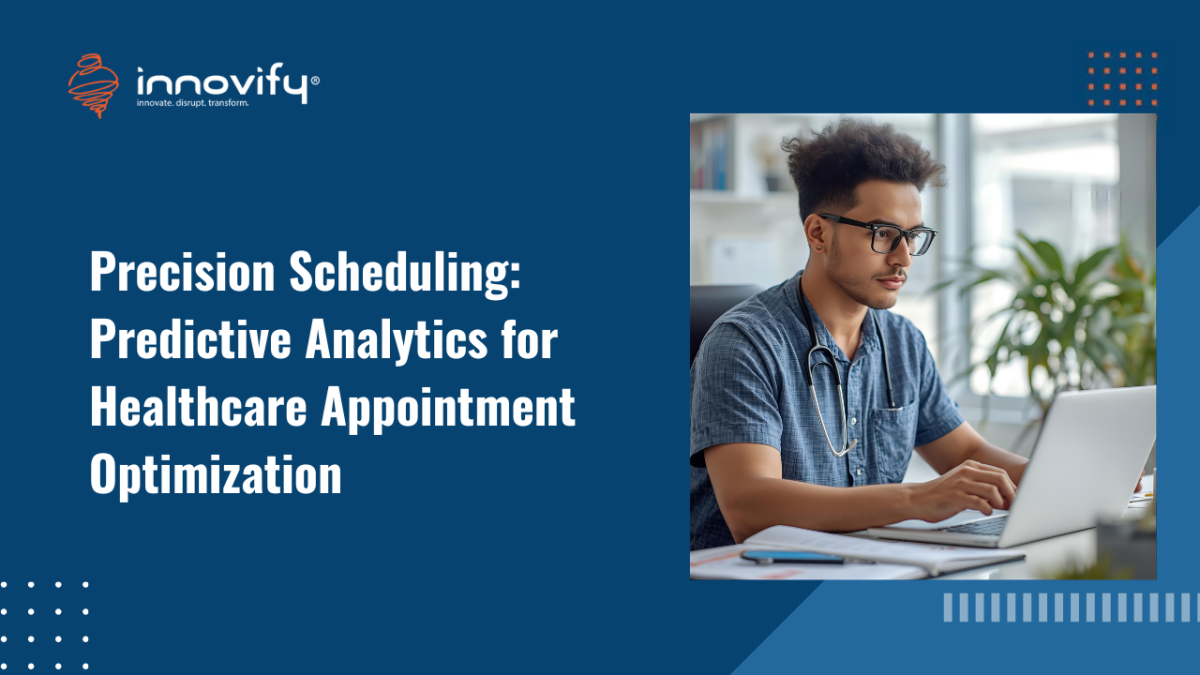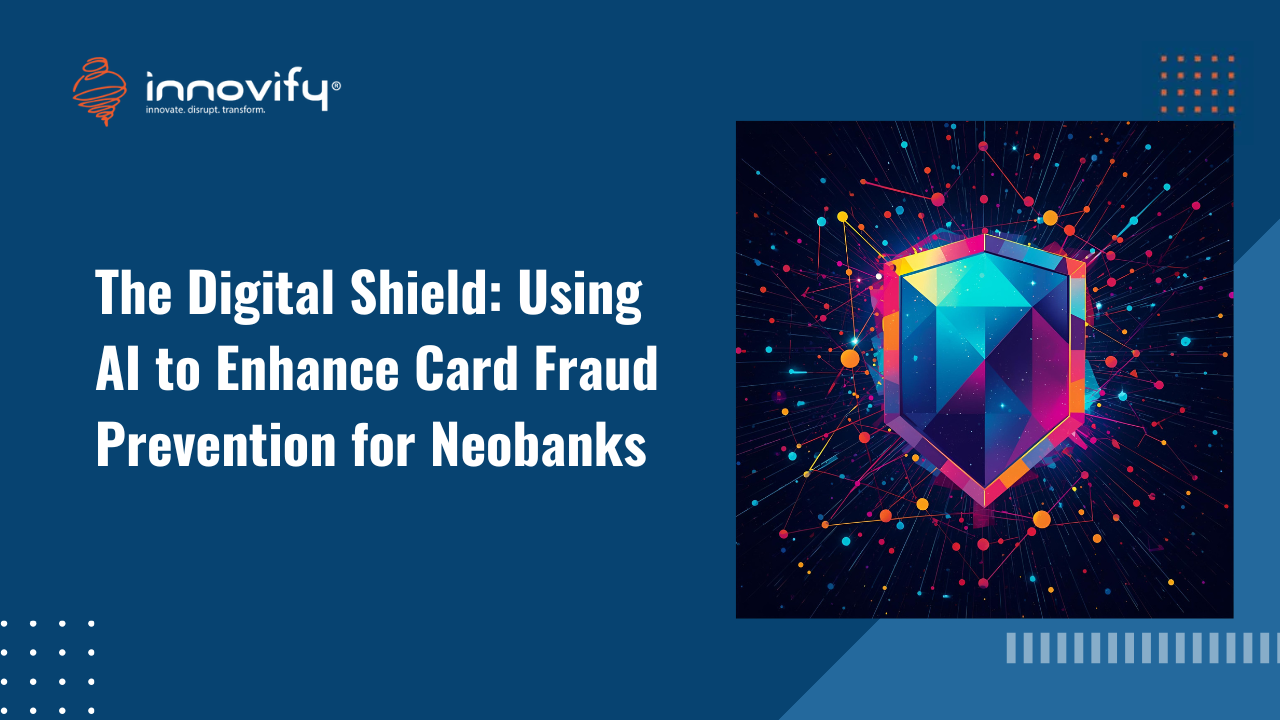AI/ML
Precision Scheduling: Predictive Analytics for Healthcare Appointment Optimization
Predictive analytics for healthcare appointment optimization
In the healthcare system, time is a critical, finite resource. Inefficient scheduling leads to long patient wait times, frustrated staff, wasted resources due to missed appointments (no-shows), and ultimately, reduced access to care. A typical medical clinic or hospital operates with fixed scheduling templates and reactive policies that are ill-suited to the dynamic and unpredictable nature of patient behavior. The solution to unlocking efficiency and improving patient flow lies in predictive analytics for healthcare appointment optimization. This application of machine learning uses data to forecast patient behavior and resource needs, transforming the chaotic process of scheduling into a model of data-driven precision.
The Two Core Challenges of Traditional Scheduling
Healthcare scheduling suffers from two intertwined problems that cripple efficiency:
- Patient No-Shows: Missed appointments cost the U.S. healthcare system billions annually, leading to wasted provider time, lost revenue, and delayed care for other patients.
- Suboptimal Clinic Flow: Rigid scheduling templates often fail to account for the variability in appointment lengths (e.g., a simple follow-up vs. a complex new patient consultation) or the propensity of certain providers to run behind schedule. This results in patient wait times that are often cited as a leading cause of patient dissatisfaction.
Predictive Analytics: Modeling Patient Behavior
Predictive analytics uses machine learning algorithms – such as logistic regression, Random Forests, or Gradient Boosting models – to analyze vast historical datasets and forecast the probability of a specific event occurring. In healthcare scheduling, this means predicting if a patient will show up and how long their appointment will likely take.
The models are trained on rich data features, including:
- Patient History: Prior no-show rate, history of cancellations, distance from the clinic.
- Appointment Characteristics: Type of appointment (new patient, follow-up, procedure), time of day, day of the week.
- External Factors (Time-Series Data): Local weather forecasts (high no-show rates during bad weather), public transit availability, and local events.
1. Predicting and Mitigating No-Show Risk
The most immediate application of predictive analytics for healthcare appointment optimization is to forecast which scheduled patients are at high risk of a no-show. This insight allows the clinic to implement proactive, targeted interventions:
- Customized Reminders: High-risk patients can receive personalized, multi-channel reminders (text, email, automated call) tailored to their predicted reason for missing an appointment.
- Intelligent Overbooking: The system can recommend an optimal, safe level of overbooking for specific time slots, ensuring that provider time is utilized even if some patients miss their slot, while minimizing the risk of a real patient waiting too long.
- Incentive Programs: The model can flag low-risk patients who would benefit most from an early booking incentive to confirm their commitment.
2. Optimizing the Scheduling Template
The second major application is creating a dynamic, optimized scheduling template. Instead of a rigid, one-size-fits-all schedule, the AI can:
- Forecast Appointment Duration: By analyzing past data, the model can predict whether a specific patient’s visit for a specific condition will take 15, 30, or 45 minutes, allowing for flexible slot allocations.
- Balance Provider/Patient Needs: The system can schedule appointments to minimize provider idle time (revenue loss) while also minimizing patient queue time (dissatisfaction). This often involves clustering similar types of appointments together or strategically spacing out appointments that require pre-procedure prep.
The Dual ROI: Profitability and Patient Care
The strategic impact of predictive analytics for healthcare appointment optimization is a dual benefit that improves both the provider’s bottom line and the quality of patient care.
- Financial Health: Reducing no-shows directly increases revenue. Optimizing clinic flow increases the number of patients a provider can safely and effectively see in a day without increasing staff burnout.
- Patient Experience: Reduced wait times, fewer cancellations, and more efficient use of time lead to significantly higher patient satisfaction and loyalty scores.
- Staff Efficiency: Staff no longer spend time manually managing no-shows or rescheduling; they can focus on patient care and higher-value administrative tasks.
By bringing the power of predictive analytics to the front office, healthcare organizations can finally resolve the tension between efficiency and patient satisfaction, ensuring that the critical resource of time is used precisely and effectively.
Ready to bring precision to your healthcare scheduling? Book a call with Innovify today.




